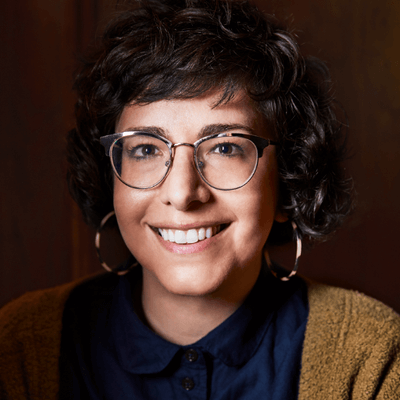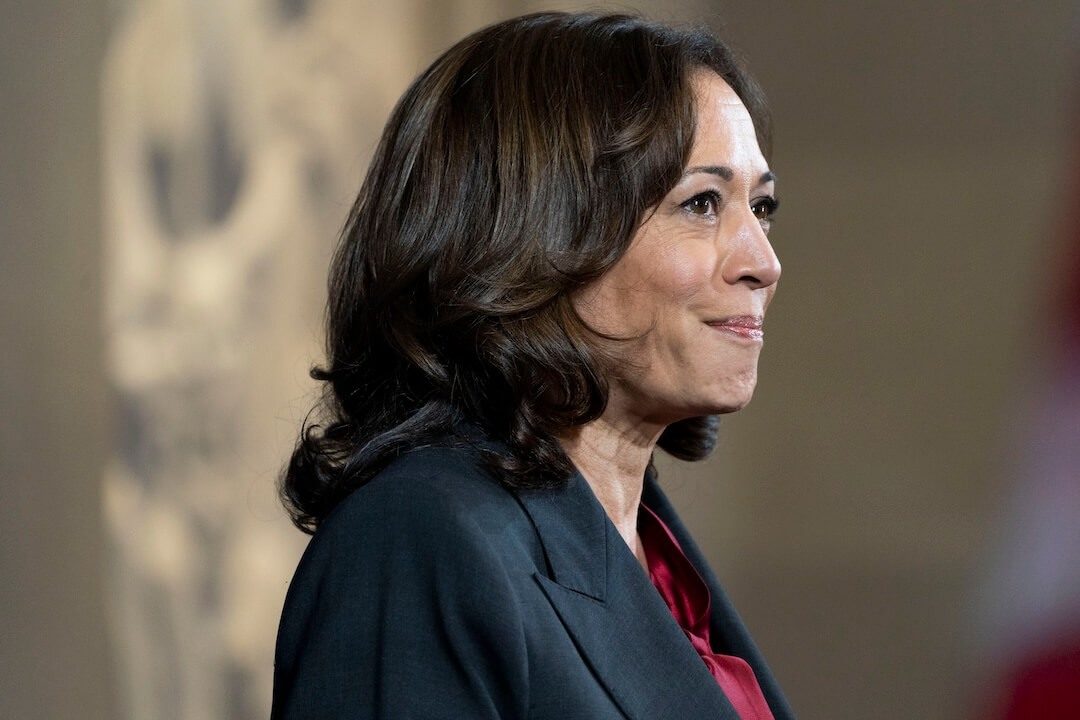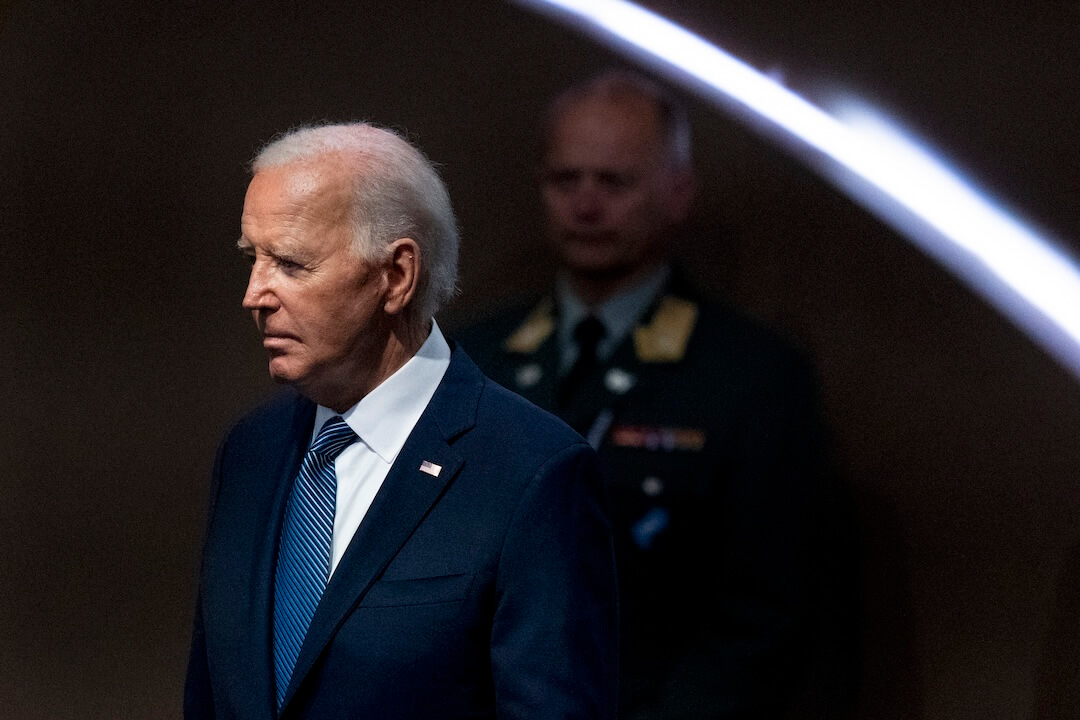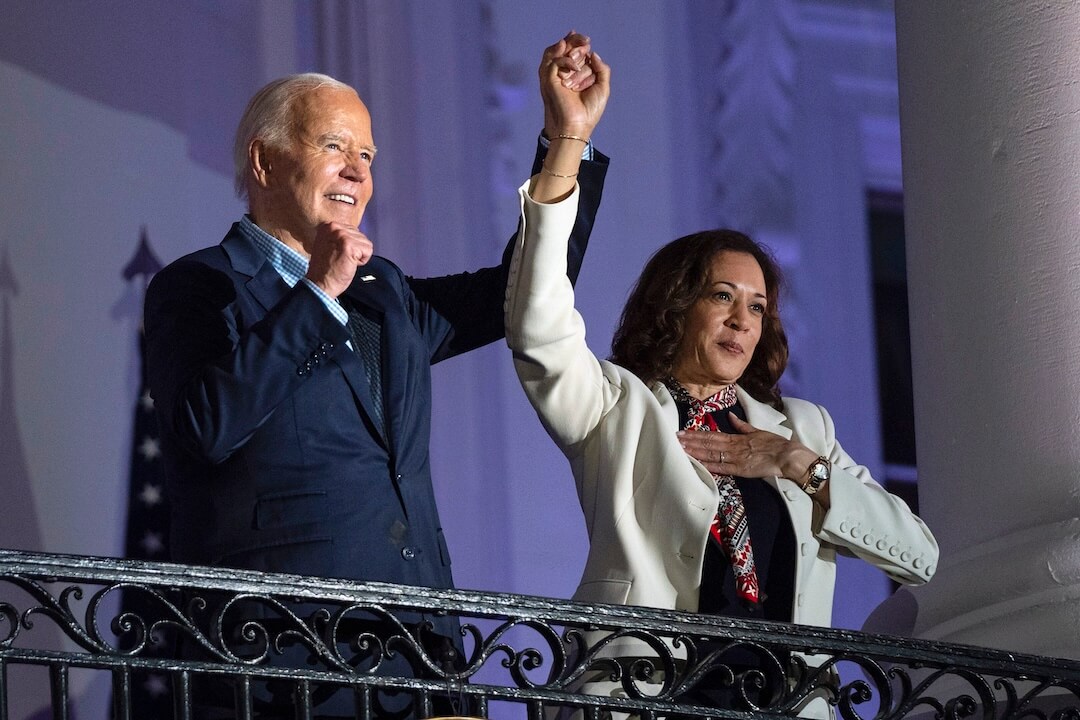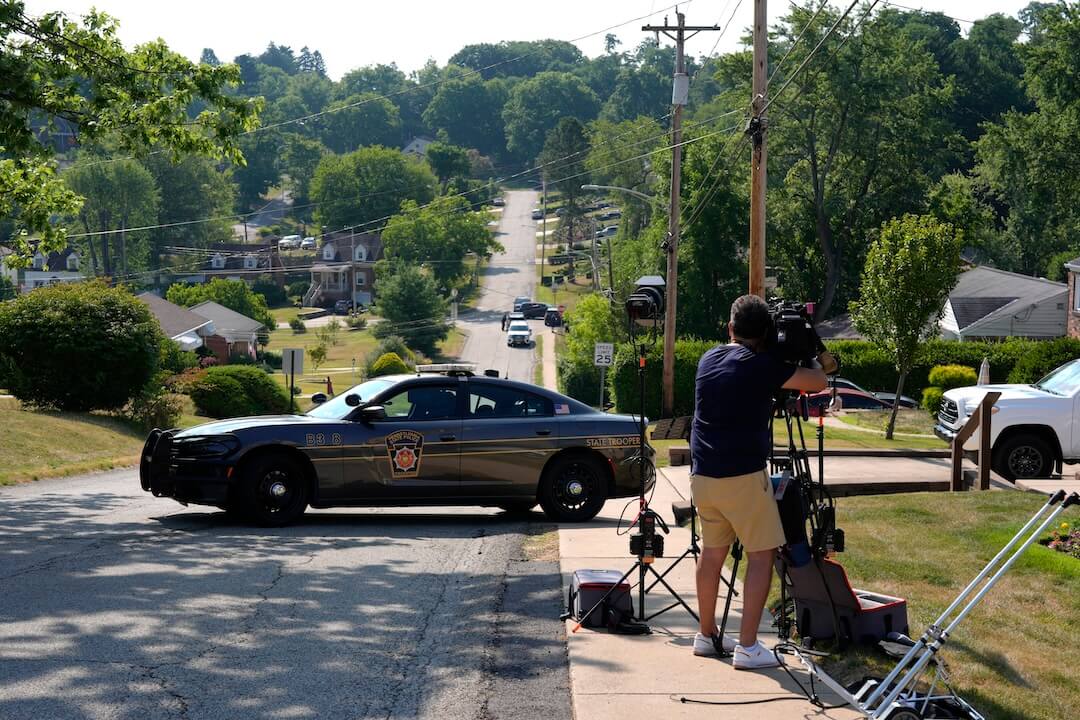As often happens with adults who spend time around children, you get asked questions to which the answer is: “I know this doesn’t make sense or doesn’t seem right, but that’s how the world works right now.”
This lens of asking the basic questions about how the world is supposed to work and how it actually does is incredibly potent for finding design flaws and opportunities to correct them.
Take the oft-used format of a political town hall. Let’s roll play here with a 10-year-old as our voice of reason. We’ll name her Maria.
Maria: What is the job of people who get elected to work in government?
Adult: Well, they are supposed to be representatives of the people who elected them.
Maria: How do they represent people?
Adult: They are supposed to be constantly listening to their constituents — that is, the people who elected them — about what they need and want, and help to make that happen on their behalf.
Maria: Why then do they do so much talking instead of listening to people?
Adult: That’s a fair question.
Maria: We had to watch a town hall for class today, and all these politicians did was talk but there were all these people in the audience they could have been listening to instead.
Cue the marching band interrupting this scene to kick off a Reverse Town Hall!
I’ve been keen on this concept of the political candidates or those already in office doing much more listening and far less talking. Offhandedly, in 2023, I made a slide about this idea for the Advancing Democracy Fellowship Program that I help run (alongside the great folks at Solutions Journalism Network, Trusting News and Good Conflict).
The reverse town hall is an approach I’ve heard about here and there, in Europe mostly, that captured my imagination because, as John Burgoyne, a former senior associate at the Centre for Public Impact wrote, “In their current format, power is concentrated with the information deliverers. They stand on a stage while the audience sits beneath them. They have a microphone for themselves while the audience shares one microphone. They choose which information to share (and which not to) while an audience member can usually contribute no more than a single question.”
Essentially, the traditional format elevates candidates who are great talkers, but not necessarily great listeners or great public servants.
One daring participant in the Advancing Democracy program who made note of this idea was Christiaan Mader, who founded the news outlet The Current in 2018 and serves Lafayette, Louisiana.
He and his team took this general idea and ran with it: Reverse the power dynamics and throw a live journalism event in which candidates and politicians hear from the people they are supposed to be serving.
Spoiler alert: It not only worked, it went very well. Candidates and politicians — even in this fairly Republican geography with an overall adversarial relationship with the media — showed up, listened and shared appreciation for the format.
Let’s dig into what they did and how others may give it a go, too.
The who
If the politicians and candidates are in the audience, who is on stage?
The Current had been pursuing a citizens agenda approach to coverage, in which they prioritize what the people they’re serving want politicians to be talking about as they compete for votes. This method puts the public in power, and turns reporters into conduits for the public’s main concerns to be brought to politicians, rather than leading coverage with whatever the politicians want to talk about.
The team decided to focus on young voters for its election coverage (as transparently detailed in its 2023 Election Guide). A big issue for Lafayette is out-migration. Young folks aren’t seeing sufficient opportunity to stick around and create value for and build families in the community they grew up in.

The Current’s 2023 Election Guide landing page. (Screenshot)
Through surveying hundreds of young folks in Lafayette, the key issues that rose to the top of the concern pile for young voters were housing, quality of life and flooding.
The focus of the reverse town hall became obvious: Amplify the voices of young voters and other community members by providing a platform for them to share their perspectives directly with the candidates. The goal was to foster a sense of agency and empowerment among community members by allowing them to have a voice in shaping the local political landscape, as well as to connect their feedback to the priorities of the candidates’ platforms and campaign strategies.
The stars of this event were people in their 20s and 30s, of which six were on stage and dozens more participated through social media and live polling during the discussion.
The how
How are you going to ensure politicians and candidates show up if they’re not in the spotlight?
The Current has a successful track record of local partnerships and live journalism events. So they tapped the local membership organization focused on supporting young professionals, called The705, to help identify and recruit representatives to take the stage alongside an ad hoc nomination process in which people would opt in. Through this representative sample, they could illuminate the data from The Current’s reporting through personal experience.
The Current also has a track record of acting as an accountability watchdog for local politicians, which has put the newsroom in an adversarial role with some public officials. In thinking through the critically important question of who is going to invite the politicians, they came to the conclusion that The705 would be best positioned to make the overture rather than their newsroom. They didn’t hide the fact that this event was a collaboration with The Current, but they didn’t make their own newsroom center billing in the framing of the event.
As Mader said in our interview, “At the end of the day, if you’re a candidate for office, what you care about is getting in front of voters, and they wanted to know that voters were gonna be there, right? That’s the bottom line.” The guarantee of being in a room with a valuable voting bloc was an attractive proposition.
The705 reached out to every candidate on the ballot; at least 20 showed up, including all three mayoral candidates, candidates for nearly all ten council seats, and a few school board candidates.
The where and what
If traditional town hall events are auditorium-style sit-down affairs, how could this version create a different atmosphere?
One often overlooked aspect of creating a successful event is the venue. There’s of course the nuts and bolts around location, parking and capacity, but equally important is the vibe.
That’s why The Current chose a venue called Warehouse 535, which has a rustic chic vibe. It’s a space where weddings and other celebrations are held, creating a relaxed and casual setting similar to a pub or bar with high-top tables alongside tables and chairs.
And speaking of pubs and bars, Mader said, “It’s southern Louisiana, right? So people wanted to buy alcohol.” And they let them. There was a bar and the ability for folks to mix and mingle. They created a spot where candidates could lay out some swag if they wanted to, and they noted who was a candidate with their name badge. But beyond that, they did not focus on learning from the candidates, but rather having candidates learn from them.
If town halls are usually straight Q&A, how could the reverse town hall bring a different value?
Hosted by The Current’s Elliot Wade, a community reporter, the hourlong event was equally about showcasing the insights gained from reporting as it was hearing from the young folks on stage.
Wade ran through a brief presentation based on what The Current had already learned and then used the software platform MentiMeter to ask all of the young people in the room a series of questions, which they used their phones to answer. The data was presented live on stage, and their answers became anecdotal leads for live storytelling on stage from the eight youth representatives. Mader said the conversation was “super fascinating. Folks had a lot of life experiences, and they were really interesting people. It was good content, ‘good TV,’” so to speak.

Six young people from Lafayette, Louisiana shared their experiences for politicians and candidates to take into consideration for policy platforms. (Photo: Travis Gauthier)
Their approach essentially created a container for all of the public servants making decisions on behalf of this voting bloc to hear the same information, to collectively sensemake, synchronously and hopefully integrate that information into how they govern going forward.
This point can’t be stressed enough. In our fractured media environment, in which everyone is consuming content individually and no one is consuming the same exact mix of it, and where there is rarely space to unpack and make sense with others, this may be the best way for journalists to ensure their work gets heard by those in power. (Cue the revolution from written word-based and news as a solo sport to collective, experience-based news.)
In Mader’s words, “If you’re going to spend time asking people what they care about and asking potential elected officials to pay attention — you create a spot where they have to hear it.”
There’s also the practical value of not trying to hold 10 forums with all manner of candidates, but getting them all into one place and listening. Plus, the unconventional approach plants a flag that The Current does things differently, including giving voters direct access to those in power. Mader said the novelty of the event, along with the timing right ahead of a decisive primary, made it all the more attractive.
All told, around 120 folks showed up that evening, many with drinks in hand, to learn more about what matters to the future leaders of Lafayette, with the current leaders listening intently.
What The Current learned
The Current’s design was a deliberate effort to humanize the candidates and create a space for meaningful interactions beyond traditional political debates. Rather than evading opportunities to be approached and questioned by random people, candidates were positioned to be among them, to listen and engage on a one-to-one level with both the young voters and other attendees at the event.
It’s easy to forget, as Mader said, “candidates and public officials are people, too”, when journalists are doing the job of making sure there are no abuses of power. The fact that some of the attending candidates expressed gratitude and appreciation for the event, indicating that they felt heard and valued by engaging with the community in this manner, was another signal that changing traditional designs of election coverage can change the outcomes, too.
Overall, the event worked as intended, attendees seemed to really love it, and Mader sensed some level of catharsis from young voters at having a real forum to be heard. But how did The Current measure success? Mader readily admitted that “impact is a harder thing to establish.”
He added, “I think it’s always beneficial to find ways to just humanize yourself in front of people, whether they’re politicians or voters or whatever. The people recognize you as somebody that’s after the general benefit of the community.” That is, this event wasn’t just good at humanizing politicians, but “the media,” too — specifically members of The Current’s staff.
Mader frames this approach like so: “It’s not high-value content, it’s a high-value experience. The event is the journalism. You’re not getting as many people, but it’s high-touch.”
Ways The Current may iterate
Oftentimes, town halls are constructed to have gotcha moments, press-worthy clips and to power a news cycle. While this was not the intention of the reverse town hall, Mader said they could have built in some kind of way to also “make news” with this approach. Keeping in mind that the news had already been made and formed the basis of the presentation during the first portion of the town hall. A local TV news station did cover it, adding to the halo effect.
Mader added that he wished they would have surveyed the candidates afterward to learn about their experiences, and how what they heard may or may not translate to their platform. It could have been part of the event, too — enabling candidates to demonstrate how well they listened and what stood out.
They could have also built in an intentional mingling opportunity once the program concluded, encouraging more small-group discussions on what was heard.
All told, Mader said this approach is ripe for adaptation, “You could swap in any group of stakeholders or officials or topics, like healthcare. Whatever you do, you’re platforming community voices in a more embodied way.”
There’s a bit of a recipe he hopes The Current and other newsrooms start to use. “The ingredients are: here are the people dealing with _____ and here are the people who have the power to impact _____.” It can and should be done outside of an election, too.
As for newsrooms aiming to do more engagement work and not having good luck with online surveys, Mader said, “They may not take your online web survey but they’ll come to a party.”
For another inspiring case study of an innovation on the traditional town hall, check out how WITF centered community voices in a candidate forum.
Find more support at Democracy SOS, a collaborative effort of journalism support organizations and non-partisan civic initiatives.


